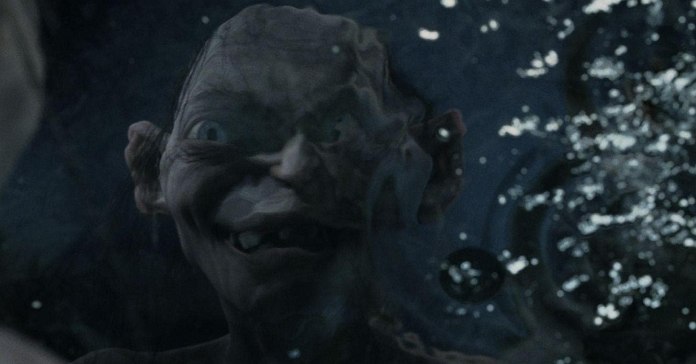
Motion capture technology has completely transformed the film industry, giving birth to unforgettable characters like Gollum, Smaug, Neytiri, and Davy Jones. But let’s peel back the curtain and discover the not-so-glamorous reality of motion capture filmmaking. Brace yourselves, because actors have some mixed emotions about stepping into this unique world.
For those new to motion capture, the experience can be quite intimidating. Imagine leaving behind the magical world of costumes, hair, and makeup that actors are used to. In this realm, their performances take center stage, stripped of any external aids. On top of that, they must navigate the confines of head rigs and physical limitations, which can feel a bit constricting. Benedict Cumberbatch even jokingly referred to the motion capture suit as a “knob”.
If you’re captivated by these behind-the-scenes tales and thirst for a deeper understanding of the motion capture universe, don’t forget to show your enthusiasm for the ones that truly grab your attention.
1. Josh Brolin Said It Was ‘Unnerving’ To ‘Have A Bunch Of Crap On [His] Face’ To Play Thanos In ‘Avengers’
![Josh Brolin Said It Was 'Unnerving' To 'Have A Bunch Of Crap On [His] Face' To Play Thanos In 'Avengers'](https://netflixschedule.com/wp-content/uploads/2023/10/placeholder-82.jpg)
Josh Brolin, the actor known for his tough roles in movies like No Country for Old Men and American Gangster, initially had some reservations about playing the colossal purple supervillain. However, his doubts were dispelled after watching a YouTube video of Benedict Cumberbatch’s exceptional performance.
In the video, Cumberbatch was seen crawling around like a snake, snapping his tongue out, and completely immersing himself in the role. Brolin was impressed by this display of commitment, and it set the standard for what he wanted to achieve in his portrayal of the supervillain. He realized that this was not just some trivial role, but something that required genuine dedication and conviction.
When Brolin finally stepped into the studio, wearing a motion capture suit and with various props on his face, he couldn’t help but feel a sense of unease. Being filmed by numerous cameras, capturing every movement and expression, was an entirely new and exciting experience for him. However, it also made him a bit nervous, as he had never faced such scrutiny before.
Overall, Brolin’s journey into the world of motion capture and playing a larger-than-life supervillain was filled with mixed emotions. From initial hesitation to being inspired by Cumberbatch’s performance, he embraced the challenge with enthusiasm, despite the daunting nature of the process.
2. Jeff Bridges Said Getting Scanned Into A Computer For ‘Tron: Legacy’ Was Like Life Imitating Art

Tron: Legacy was not your typical legacy sequel from an actor’s perspective. Jeff Bridges reprised his role as Kevin Flynn from the original 1982 film, but the passage of time was evident in his shaggy hair, silver locks, and thick grey beard. However, Bridges didn’t just play one role, but two – the other being the computer program Clu, specifically an updated version known as Clu 2.0.
To portray Clu, Bridges had to get comfortable with the motion-capture suit, which involved wearing tracking dots and sensors. Interestingly, this suit wasn’t too different from the bodysuits worn by characters in the Tron universe. Reflecting on this, Bridges admitted, “That’s one of the reasons I wanted to come on board, to experience motion capture.”
Although the process itself was unorthodox, with Bridges wearing a white leotard adorned with black dots and a helmet equipped with four antennas, he found the experience revelatory. He described one particularly exciting moment when he was scanned to digitize his body into the computer, likening it to a scene from the original Tron but happening for real this time.
3. James Spader Said His Face Was Being Filmed All The Time In ‘Avengers: Age of Ultron,’ Even Off Screen And During Post-Production

In the making of Avengers: Age of Ultron, James Spader, who portrayed the 8-foot-tall A.I. supervillain, had to remain in character throughout the entire production. This was primarily because the motion capture head rig he wore contained small cameras that constantly recorded his facial expressions.
Spader revealed, “I was being filmed all the time, my face was filmed all the time. Even if the camera was focused on the other actor, and it appeared to be their coverage, I was still being filmed.” The continuous recording ensured that every nuance of his performance was captured, even during scenes where the camera’s attention was directed elsewhere.
Even during post-production, Spader had to continue wearing the head rig and enter the voiceover booth. He explained, “Even when I was doing voiceover work in post-production, my face was being filmed constantly. This was done to capture my expressions, eyes, and all the other details.” The meticulous filming of his face allowed the filmmakers to accurately depict the character’s emotions and bring the supervillain to life.
4. Jeremy Howard Had To Make Sure His Mouth Wasn’t Doing Weird Things While Playing Donatello In ‘TMNT’
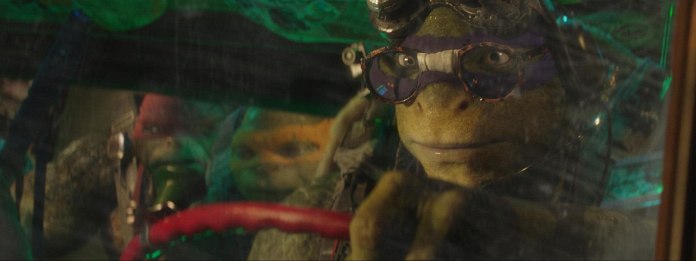
Actor Jeremy Howard brought the brainiac character Donatello from the Teenage Mutant Ninja Turtles gang to life in the 2014 and 2016 versions of the franchise. To achieve this, he had to wear a full motion capture bodysuit, complete with a shell.
Although motion capture technology allows actors to have more creative freedom, Howard mentioned that it also comes with certain limitations. He explained how certain facial expressions or gestures could look strange when translated onto the computer-generated turtle’s face. It’s a delicate balance between expressing emotions as an actor and ensuring that they translate effectively onto the CG character.
5. Billy Crudup’s ‘Watchmen’ Routine Included Wearing A Mask With 140 Tiny Holes That Had To Be Painted Each Morning
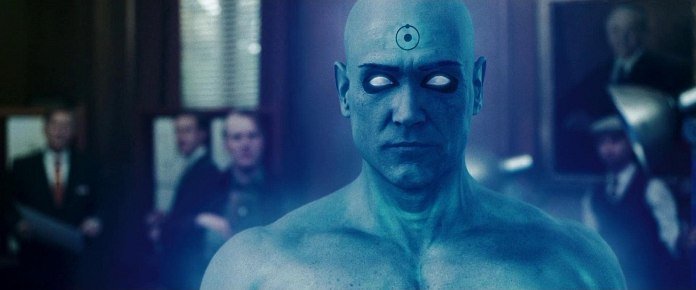
When it comes to motion capture filmmaking, making a movie is no small feat. Just like it takes a village to raise a child, it takes a metropolis to bring a movie to life. In the case of Watchmen’s Doctor Manhattan, played by Billy Crudup, the process was especially complicated.
Crudup shared some insights into the intricate process of transitioning into the character. The visual effects team had to drill around 140 holes in the mask worn by the character. Each hole had to be carefully painted, which was a tedious task.
However, the tediousness didn’t end there. The film also utilized new technology, particularly in the LED suit worn by Crudup. This suit required a lot of adjustments to ensure it worked properly. There was a constant need for tweaking to prevent any electrical issues or problems with the camera’s exposure. This meant a lot of time spent standing around, waiting for things to be just right.
Overall, the process of motion capture filmmaking is a complex one that involves the collaboration of many people and the use of cutting-edge technology.
6. Bill Nighy Was Surprised To Learn He Would Have To Wear ‘Computer Pajamas’ Instead Of A Costume For ‘Pirates of the Caribbean’
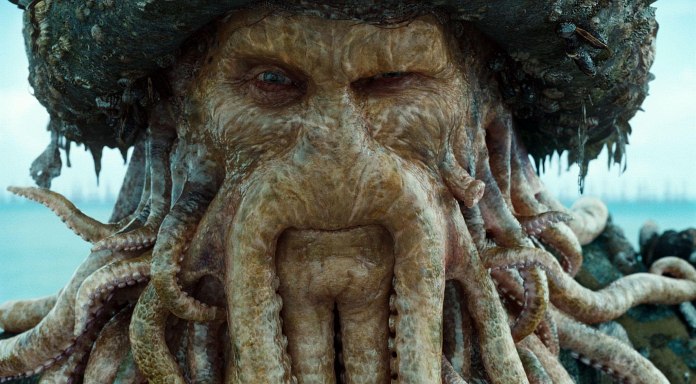
Bill Nighy had some reservations about taking on the role of Davy Jones, the Scottish-speaking Octopus man, in the second Pirates of the Caribbean movie. However, his reluctance quickly turned into confusion when he arrived on set without a costume.
In his own words, Nighy recalls the incident, “I actually called the costume department and asked, ‘Is my costume coming anytime soon?’ And they replied, ‘Has nobody informed you?’ I asked, ‘Informed me about what?’ It turned out I had to wear computer pajamas covered in white bobbles, a skull cap with a bobble on top, and 250 dots painted on my face.”
Nighy jokingly mentioned how his unconventional appearance on set made him feel lonely during lunchtime. He explains, “People wouldn’t join me for lunch; it was too sad. Members of the crew would come up to me and say, ‘Hey, hey,’ you know, ‘Hi, hi,’ you know, and then they would just walk away because it was just too sad to see a man in his late middle-age dressed like someone who didn’t get into Devo or something.”
7. Benedict Cumberbatch Said The Motion-Capture Suit He Wore In ‘The Hobbit’ Made Him Feel Like A ‘Knob’
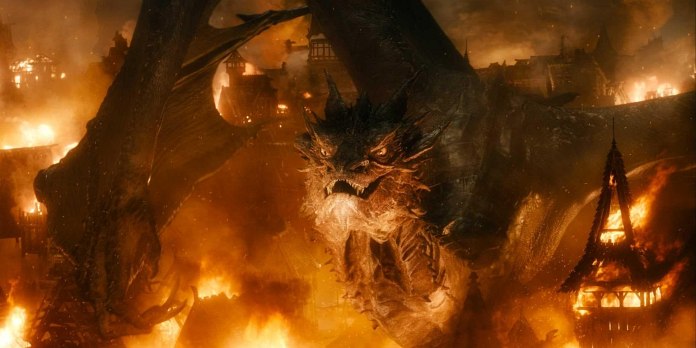
In a surprising departure from his role as the menacing dragon Smaug in The Hobbit, Benedict Cumberbatch finds himself in a completely different scenario. This time, he is seen rolling on the floor, wearing a tight black onesie. It’s quite a contrast! As Smaug, he famously declared, “I am fire. I am death!” while wreaking havoc on Laketown.
Despite the unusual and often humorous nature of motion capture filmmaking, Cumberbatch is well aware of its quirks. He admits that wearing the motion capture gear makes him feel a bit ridiculous, like a “complete knob.” It’s like walking around in shiny pajamas, after all.
Nevertheless, Cumberbatch embraces the look and accepts the trade-off. He recognizes that the motion capture suit allows him to fully immerse himself in the role and “imagine everything” as he brings this extraordinary character to life.
8. Angelina Jolie Said Fake Swimming And Flying For ‘Beowulf’ Was ‘Bizarre’

Angelina Jolie took on the role of the femme fatale in Robert Zemeckis’s animated film, Beowulf. Reflecting on the physical challenges she faced, Jolie explained that they had to come up with a solution for her swimming scenes. She revealed, “For swimming, we had to figure out something I could be attached to. My waist was attached to something that had to be rolled back and forth. I had a harness, and I was on something with wheels. It was bizarre.”
In addition to simulating swimming, Jolie also had to portray flying in the movie. She described the process, saying, “The same with flying, we hooked me up with wires and [I] flew around.”
9. Andy Serkis Said Playing Gollum In ‘Lord of the Rings’ Was Like Being A Puppeteer And Marionette At The Same Time

Andy Serkis, widely acclaimed as the king of motion capture, has garnered praise for his remarkable performances in various films such as Rise of the Planet of the Apes, King Kong, and the iconic role of Gollum in the Lord of the Rings saga. His portrayal of Gollum even earned him a Critics Choice Award for Best Digital Acting Performance and sparked Academy Award buzz.
Describing his experience playing Gollum, an expert compared it to being both a puppeteer and a marionette simultaneously. Serkis himself revealed an interesting behind-the-scenes fact: Gollum’s character initially started as a ball on a stick, with Serkis’s co-stars reacting to it while he delivered his lines off screen.
To bring Gollum to life, Serkis would then transition to the motion capture studio, where he would don a motion capture suit. The scenes they had worked on would be played back for him on a screen in real time, allowing him to see a representation of Gollum. Every movement he made, such as lifting his right hand or twisting his body, would be perfectly synchronized with Gollum’s actions on screen.
10. Zoe Saldaña Said Head Rigs On ‘Avatar’ Actors Helped Capture Emotion As Well As Motion

In 2009, Avatar used motion capture technology to break box office records and even won an Academy Award for best visual effects the following year. This innovative technology has been so impactful that it is now being used in disease research.
When asked about the challenges faced by motion capture predecessor Robert Zemeckis in his films like The Polar Express and A Christmas Carol, Saldaña explained that Zemeckis struggled to maintain intimacy with the actors due to limitations in the technology at that time. However, Avatar took a different approach by creating head rigs that captured all the facial movements of the actors. Director Jim Cameron was present just three feet away, ensuring that the technology never got in the way of the performances, story, or imagination.

